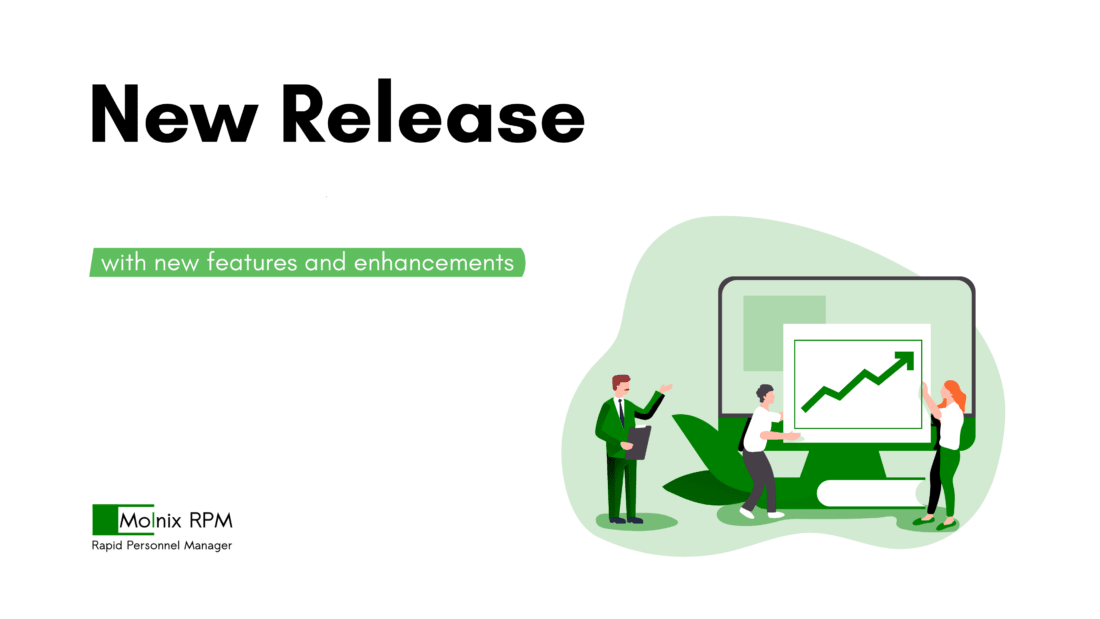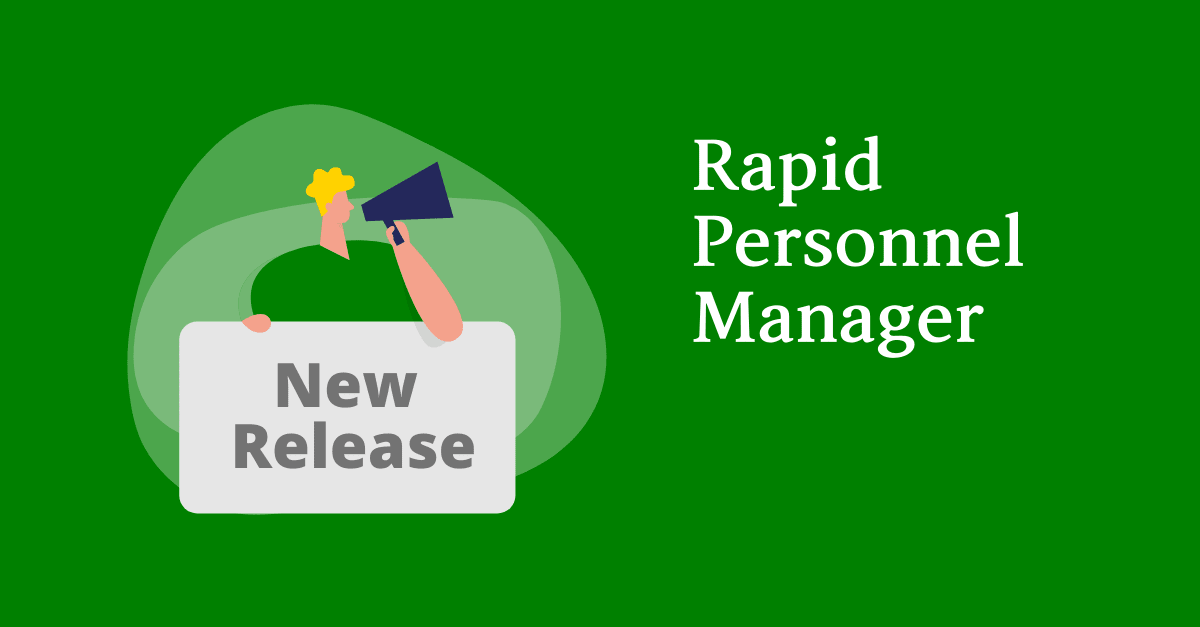 Best Practices
Best Practices
5 Tips for Keeping your Disaster Roster Prepared
Disaster preparedness organizations combine the desire to help with proactive action. They offer communities hope and tangible life-saving resources. Let’s face it, when you chose a career in the crisis and humanitarian response world it was because you wanted to help; you find a sense of purpose in the everyday tasks and the not-so ordinary days when a rapid response is needed.
In my experience working for the Finnish Red Cross as a Disaster Manager, I saw first hand how time is of the essence, and so is organization of the roster. I witnessed how speed translates to higher impact, such as lives saved or aid delivered, and how it is critical for HR software to support rapid deployments. We needed a solution to manage and mobilize staff to be deployed into disaster areas, in time-sensitive situations. However, there were no tools available to us.
We were not alone. In most humanitarian and disaster response organizations recruitment is still manual, mobilization is tedious and deployment management produces a lot of overhead that eats into the budget. This is why we created Molnix Rapid Personnel Manager.
If you work for a disaster preparedness or development aid organization here are 5 tips for higher mission impact and cost savings by keeping your disaster roster ready:
1. Leverage the benefits of digitization
Preparedness rosters are currently mostly managed in spreadsheets. Improve your roster by choosing a secure cloud software that also allows you to define tags, rather than categories, for skills, certifications and training.
2. Be prepared for the EU directive on Data Privacy (GDPR)
In May 2018 every organization who handles staff contacts needs to comply with this directive. Some of the mandates include role based authentication and data quality monitoring, better done by keeping the data in a secure application in the cloud.
3. Mobilize with Multi-Platform Alerting
Make sure you get the help where its needed as fast as possible by using bi-directional alerting (i.e. including responses from roster members) through SMS, email and other channels.
4. Empower your Responders
Offload manual work from the registry owner by enabling end users to perform many of the tasks themselves, with self-registration and skills and profile updating. Keep responders engaged with your organization for less human resources turnover.
5. Technical Support
Choose a software provider with first-line help desk services to provide support and integration into other systems like payroll.
If you would like to have these benefits out of the box, plus others like reduced-paperwork contract management and our task oriented dashboard, visit us at Molnix.com to try out Rapid Personnel Manager.
Johan Ehnberg
CEO at Molnix
Molnix Rapid Personnel Manager is a cloud application to manage Human Resources, training, and work contracts. It is specifically designed to serve HR needs where speed, automation and support for a global workforce as well as global operations are key.

